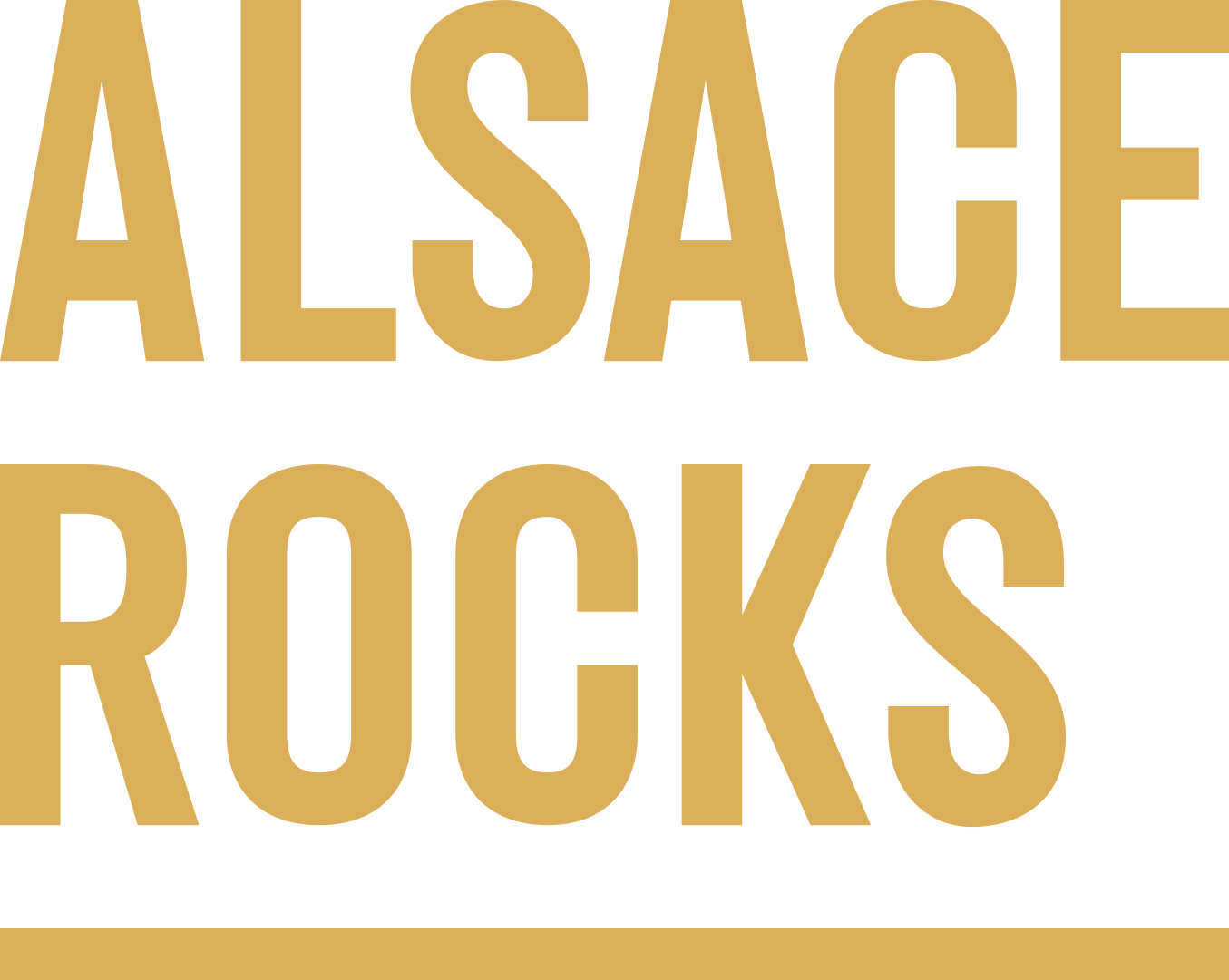Pinot Blanc arguably reaches its most well-known heights in the Alsace region of France, but is important in Italy, Austria, Oregon, and beyond, too.
By Brian Freedman
Depending on where Pinot Blanc is grown, it can be crafted into straightforward, uncomplicated wines or into bottles with the ability to age. Some examples are exuberantly fruit-forward whereas others benefit from time in the cellar, waiting to take on more savory notes as the years tick by. From the renowned vineyards of Alsace and the mountain flanks in Italy to picture-postcard hillsides in Oregon, Pinot Blanc is a grape variety that has the ability to run the gamut of style, price, and age-worthiness.
What is Pinot Blanc Wine?
Pinot Blanc wine is produced from the grape variety of the same name. The grape is referred to as Pinot Bianco in Italy, where it thrives in the northeast of the country. In Austria, where the variety excels as well, it is referred to as Weissburgunder. In Canada, where it's typically called Pinot Blanc, it has the potential for producing fantastic dry white wines, and some sweet ones, too. No matter what it's called, Pinot Blanc / Pinot Bianco / Weissburgunder has the capability to produce delicious, food-friendly, and occasionally age-worthy wines.
Where Does Pinot Blanc Wine Come From?
Much like its cousins in the Pinot family, Pinot Blanc is the result of a genetic mutation that caused it to form its own characteristics. So while Pinot Noir, Pinot Gris or Grigio, Pinot Meunier, and Pinot Blanc are all related, they are unique varieties unto themselves.
The name can give you some indication of where it's from when grown in Europe (Blanc for France and Bianco for Italy), but in the so-called New World, those linguistic mile-markers mean a lot less. In general, the French version, Pinot Blanc, is how this wine is usually referred to outside of Europe, but that's not a steadfast rule. (You'll rarely see Weissburgunder used outside of Austria and Germany, interestingly enough.)
Why Should You Drink Pinot Blanc Wine?
Pinot Blanc wine is produced in a range of styles, and in many countries around the world. As a result, there is likely to be a Pinot Blanc that appeals to you, no matter what your personal white wine preferences may be. Unless, that is, you gravitate exclusively toward oak-driven, creamy-as-a-Guinness Chardonnays, in which case this may not be the grape variety for you. Pinot Blanc has a wide range: it can be found in crisp expressions or slightly creamier ones, as well as fruit-forward or more terroir-driven styles. These wines can be still or sparkling, and dry or sweet.
Unsurprisingly, this range makes Pinot Blanc very versatile at the table. Its bright acidity allows it to cut through creamy or buttery sauces, and its hints of herbs make it a home run with dishes that have the same. Bring those traits together and you have a recipe for pairing greatness — for example, many pasta dishes as well as a classic lobster with melted butter and flecks of parsley or tarragon will sing with Pinot Blanc.
What Does Pinot Blanc Taste Like?
Pinot Blanc generally exhibits aromas and flavors of stone fruit (peach, nectarine, apricot) as well as suggestions of autumn orchard fruit — it's not uncommon to find notes of pears and apples in a well-crafted Pinot Blanc, as well as citrus characteristics like lemon. Light floral aromatics are not uncommon, though they rarely dominate any particular wine, and mouthwatering (but not typically tart) acidity tends to keep the wines full of energy. With age, Pinot Blanc often picks up nutty notes as well.
Pinot Blanc is best enjoyed from either a universal wine glass or a standard white wine glass. A Cabernet Sauvignon glass will also work, just be careful not to overfill it, as the Pinot Blanc may warm too much before you finish.
Five Great Pinot Blanc Wines
Domaine Christophe Mittnacht
The biodynamic "Terres d'étoiles" Pinot Blanc 2020 is remarkable, balancing hard apricots and Seckle pears with tarragon, lime blossoms, and subtle spice. There is also a good percentage of Pinot Auxerrois in this textural, energetic wine.
